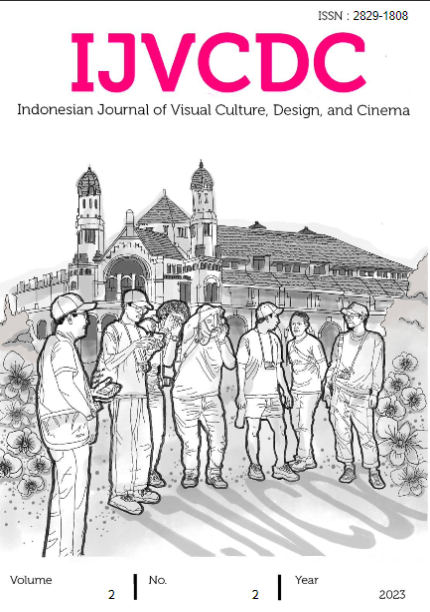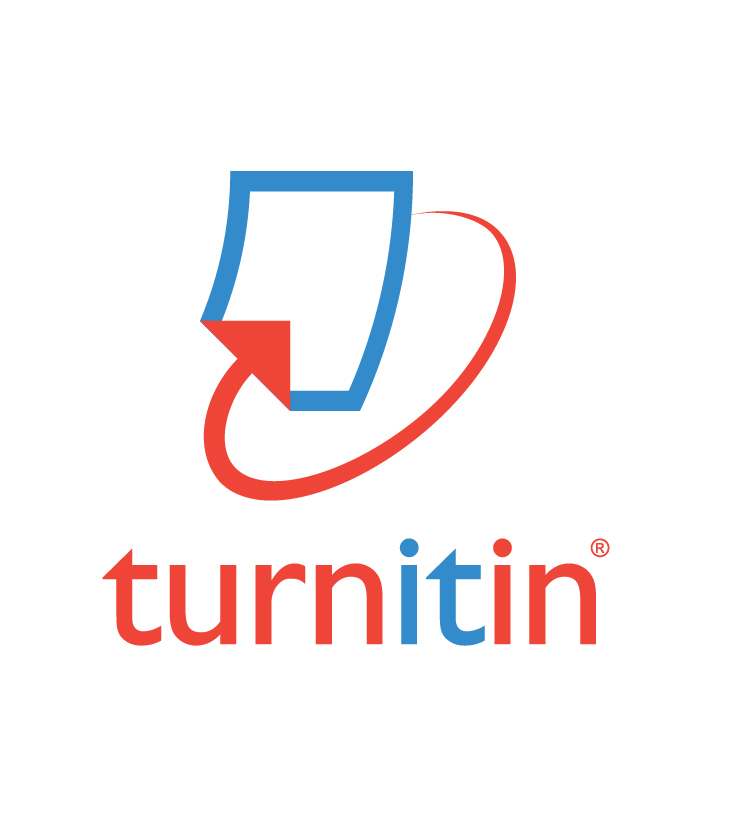Designing User Interface (UI) & User Experience (UX) Mobile Website Templates Digital Wedding Invitations
DOI:
https://doi.org/10.21512/ijvcdc.v2i2.10756Keywords:
digital wedding invitations, user interface (UI) and user experience (UX), design thinkingAbstract
Wedding invitations have been using the conventional way, with paper. Costs are not cheap, invitation printing takes a long time, and environmental issues in the use of paper. Wedding invitations no longer use paper media. Wedding invitations with user interface (UI) and user experience (UX) designs provide a new experience. UI/UX design is an important stage because it gives an initial impression to potential users. The design of digital wedding invitations uses a design thinking method approach which is consists of several stages, namely empathize, define, ideate, prototype, and testing. Empathize process using questionnaires and interviews. Respondents to the questionnaire were 92 people with an age range of 25 to 35 years and had a middle to upper economic level.Apart from being well educated, the respondents are active internet users. The results showed that respondents preferred the simple modern invitation design style. In the define process, users need several digital wedding invitation templates with international and traditional nuances. It is designed to be interactive, user friendly, and has features that can be customized. Furthermore, the ideation process is carried out based on the analysis of the define process, namely the design of mobile website templates for digital wedding invitations. Bride and groom are made easy with several template choices. The prototype process is carried out by getting the initial design, then testing it and doing it iteratively to get feedback from the bride and groom in order to get the digital wedding invitations that the bride and groom need.
References
Ahmad, A. (2020). Media Sosial dan Tantangan Masa Depan Generasi Milenial (Vol. 08, Issue 02).
Barber, C. V., & Schweithelm, J. (1997). Trial By Fire, Forest Fires and Forestry Policy in Indonesia’s Era of Crisis and Reform.
Burke, R. J., Cooper, C. L., & Antoniou, A. S. G. (2015). The Multi-generational and Aging Workforce: Challenges and Opportunities. In The Multi-generational and Aging Workforce: Challenges and Opportunities. Edward Elgar Publishing Ltd. doi: 10.4337/9781783476589.
Cindy Mutia Annur. (2022, March 23). Ada 204,7 Juta Pengguna Internet di Indonesia Awal 2022.
Danielle DiMercurio. (2011). The Impact of the Internet on Wedding Invitation Orderings.
Imelda. (2019). Generasi Milenial dalam Industri 4.0: Berkah bagi Sumber Daya Manusia Indonesia atau Ancaman.
Jayani Hadya Dwi. (2021, May 24). Proporsi Populasi Generasi Z dan Milenial Terbesar di Indonesia Persentase Penduduk Indonesia Menurut Generasi, 2020.
Pertiwi, W., Wardani, P., Gde, A. A., & Udayana, B. (2021). E-Invitation Sebagai Peluang Bisnis Era Industri 4.0 di Bali. Bahasa Rupa, 05.
Pusparisa Yosepha. (2021, July 1). Daftar Negara Pengguna Smartphone Terbanyak, Indonesia Urutan
Downloads
Published
How to Cite
Issue
Section
License
Copyright (c) 2023 Parlindungan Siregar, Naomi Haswanto

This work is licensed under a Creative Commons Attribution-NonCommercial-ShareAlike 4.0 International License.







